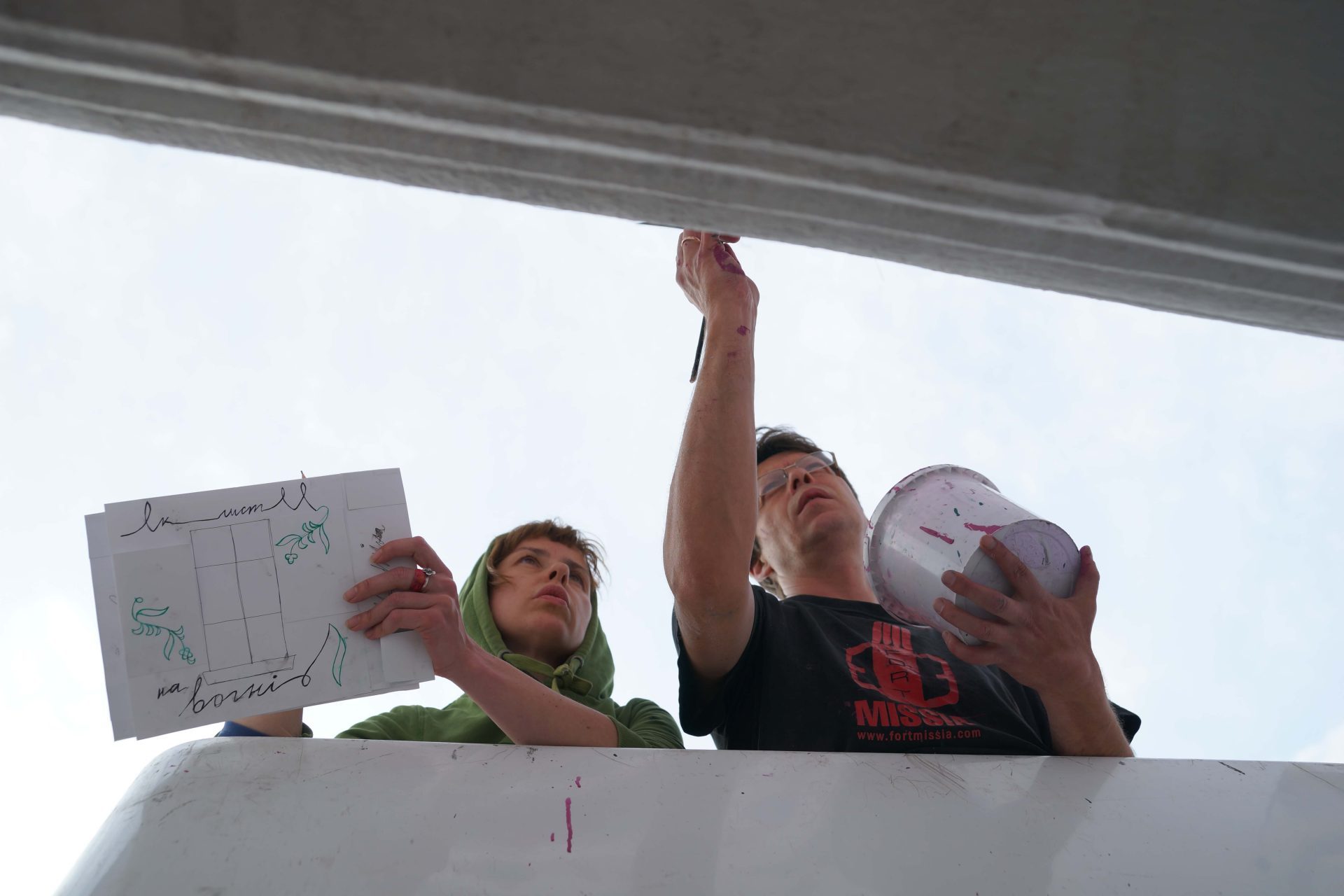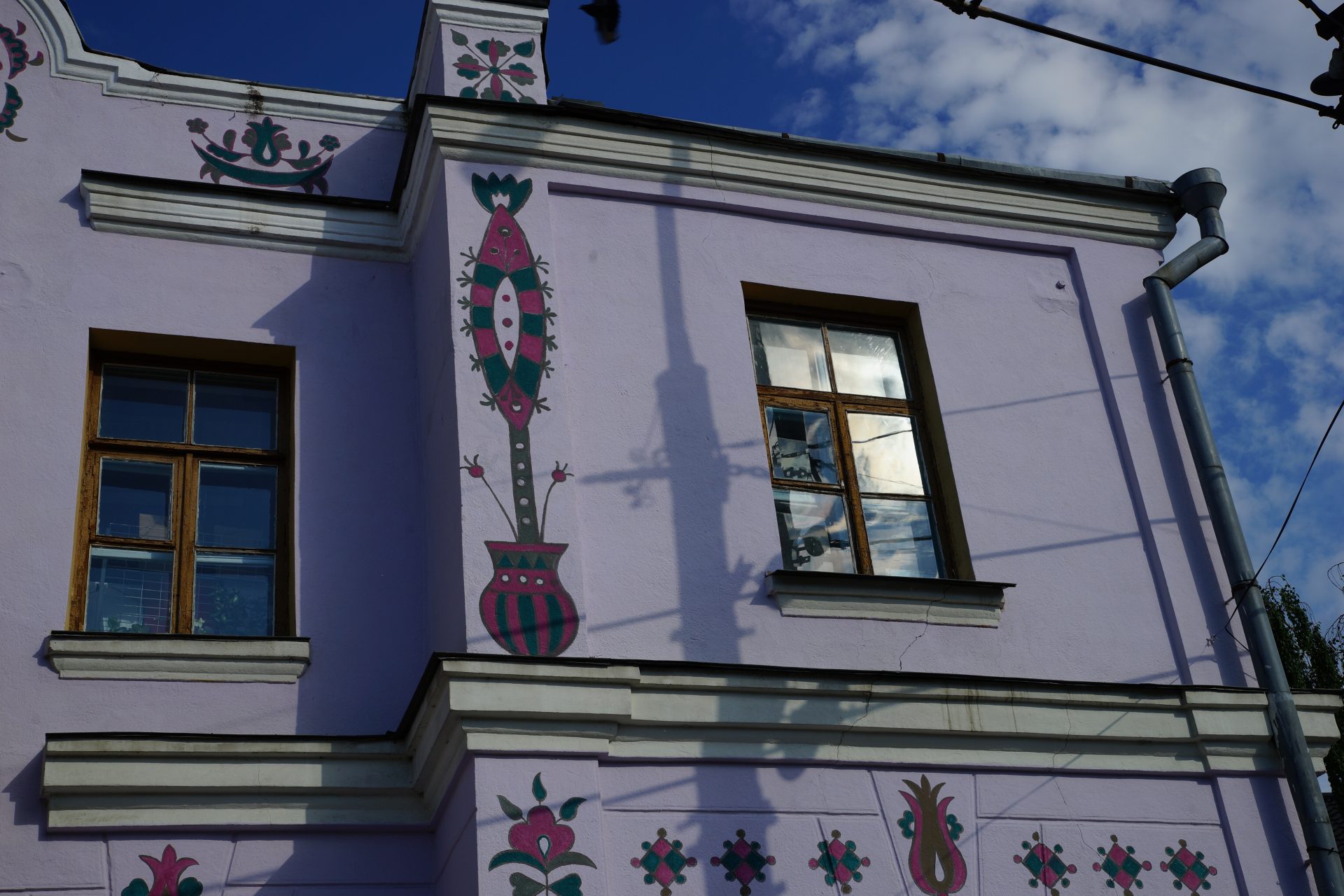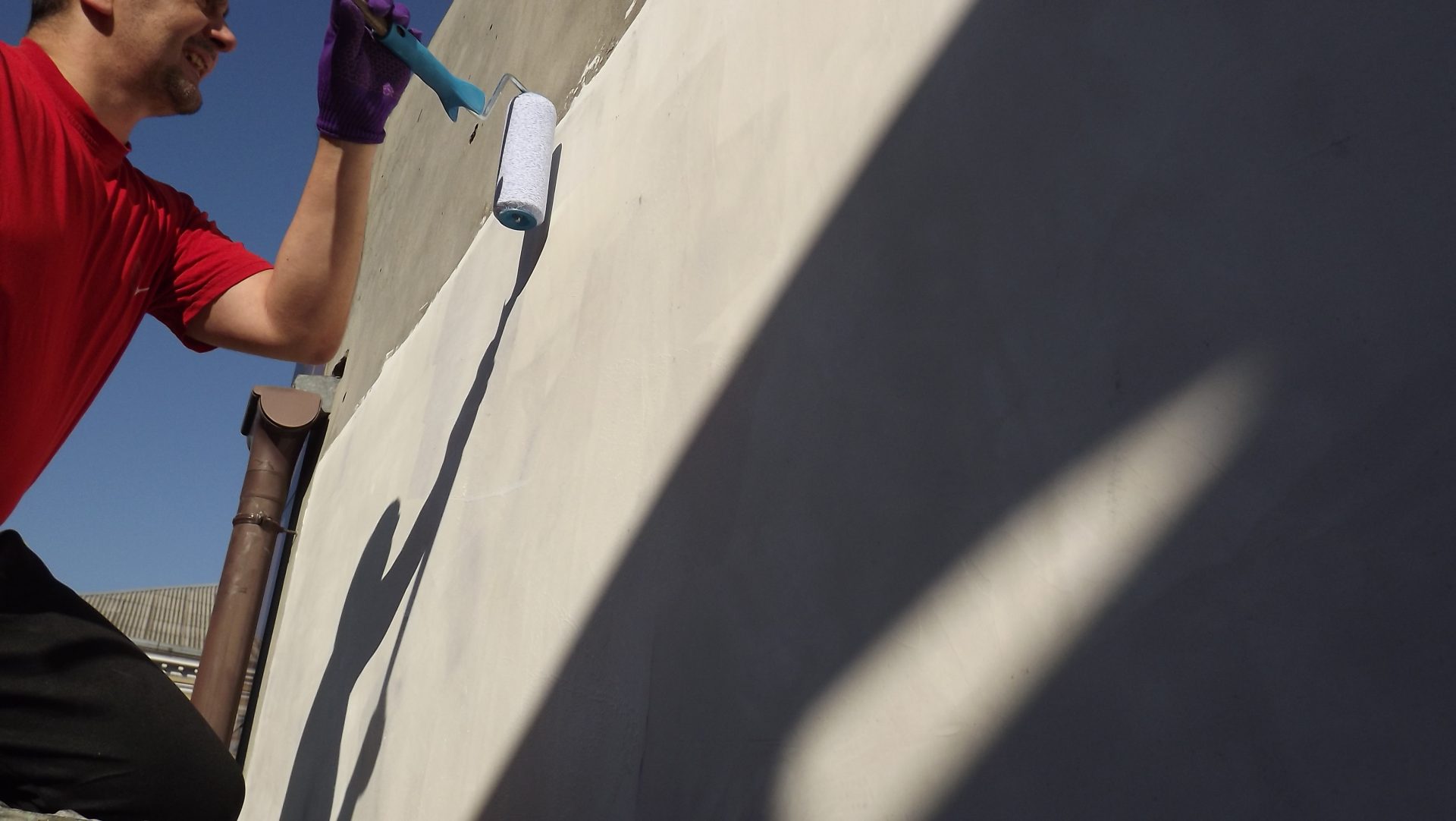:::track:::
public art
Olia Mykhailiuk / Rustem Skybin / Artur Wabik / Andrii Hurenko / Yulia Hushul / Oleksandr Nykytiuk / Volodymyr Nois / Alex Marchenko / Yarema Stetsyk / Natalia Stetsyk
In the different cities, :::track::: tells true stories about Crimea and leaves signs/symbols reminiscent of the peninsula on urban surfaces. For ArtPole :::track::: has become an opportunity not to lose connection with the peninsula. Before the annexation of Crimea by Russia, it was one of the most interesting locations for the agency’s events, since ArtPole explores landscapes and multicultural connections. After March 2014, it became impossible. At that time and afterwards Olia Mykhailiuk, the director of the agency, visited Crimea, documenting the events in the form of multimedia reportages for Ukrainska Pravda. When in the autumn of 2014 numerous articles, interviews, and discussions on the Crimean issue hit a dead end, Olia came up with the idea of :::track:::
This system of signs is rooted in the ornaments of the Crimean Tatar ceramist Rustem Skybin:
The ornaments remind us that we have a Motherland, Crimea. Today, being far from it, we will still be able to see and feel it
It is not just a decorative project. Important and topical messages are encrypted in the ornaments and quotes. In Crimea, direct statements are now impossible, so the language is becoming more metaphorical
Olia Mykhailiuk
In 2015, ArtPole conducted a crowdfunding campaign for the project. The contributors collected the necessary sum, and it was decided to lay :::track::: through Kyiv, Vinnytsia, and Chernivtsi. In each city, a visual image of Crimea was planned to be created in interaction with the local context.
Arthur Wabik, a Polish street artist, worked in Kyiv. Before the annexation, he created his works in Crimea and therefore readily joined the project. Now, under the bridge on Holosiivskyi Avenue with a vivid traffic flow, :::track::: can be found where you can see fantastic oriental buildings, flowers, and marvelous animals, to eventually find yourself in a forest inside of a large, noisy city.
In January 2016, :::track::: was presented at Ivan Honchar Museum.
“Is it the path of truth your words walk down?”, — Mykhailo Kotsiubynskyi asked in his novel “Under the Minarets” more than a hundred years ago. The footprints of :::track::: that passed through Vinnytsia were supposed to remain on the library building opposite to his house-museum.
In this :::track:::’s appearance, a visual image was combined with text — Kotsiubynskyi’s words telling about the soul, flowers, dance and a joint prayer in Ukrainian and Crimean Tatarian were combined with ornaments. The quotes were selected by Olia Mykhailiuk who also designed the style of the writings. The ornaments were created by Rustem Skybin and Yulia Hushul from Vinnytsia joined by other Vinnytsia artists as well.
The next point had been planned to be in Chernivtsi. However, both local artists and the community turned out to be unready to perceive the project. While the authors were looking for support in Chernivtsi, the mural in Vinnytsia disappeared. They insulated the library and covered the whole painting with plaster without notifying the artists. Although such a gesture provoked resentments of the locals, it was too late. Now the ornaments and quotes are buried under layers which, at best, can be removed only by restorers many years from now, revealing the events of our times.
Unexpectedly, :::track::: turned to Berdyansk. Here, Kyiv artist Andrii Hurenko created a mural on the wall of Isaak Brodsky Art Museum. What paths we go down next remains as yet an open question.
At different stages, the project was supported by Polish Institute in Kyiv and the Ukraine Confidence Building Initiative (UCBI) funded by the US Agency for International Development (USAID).










